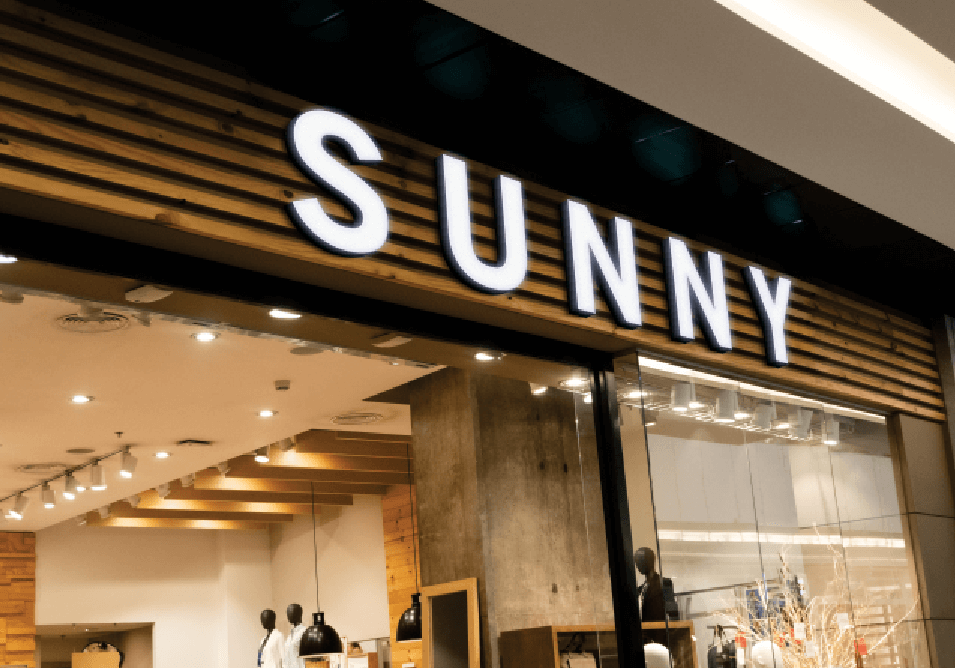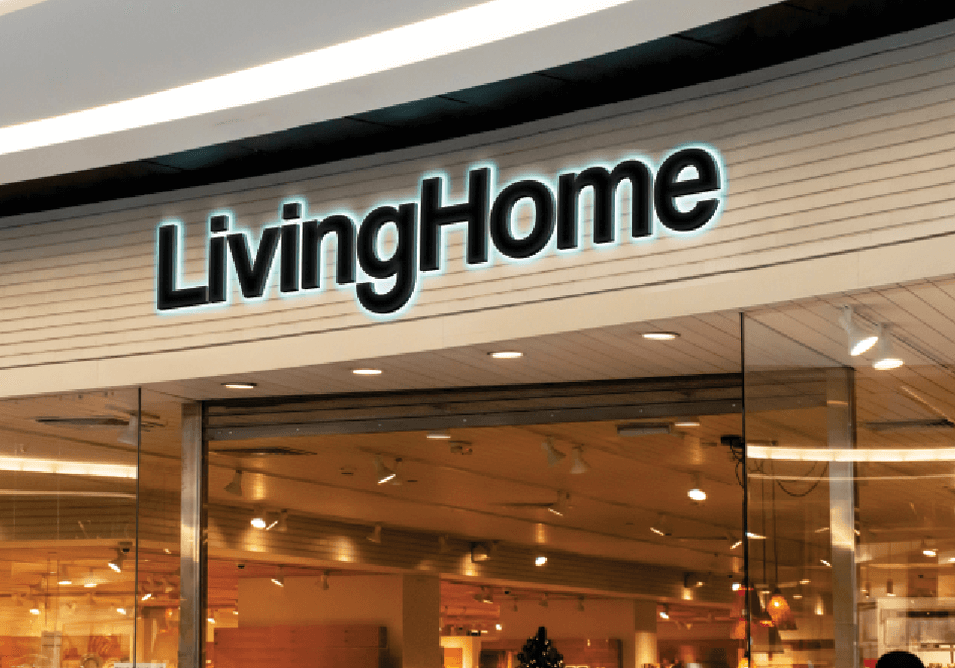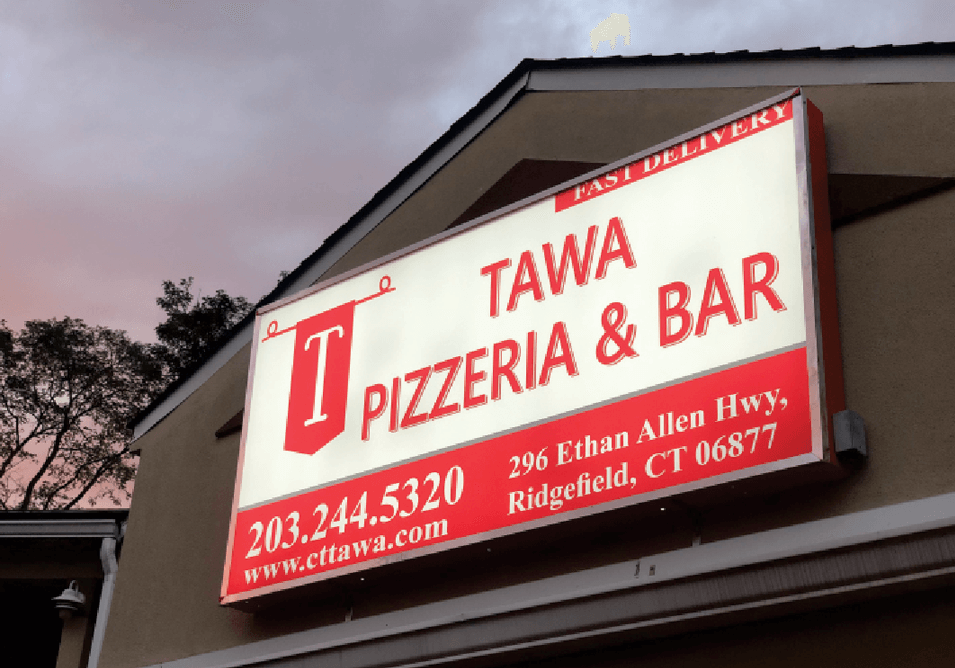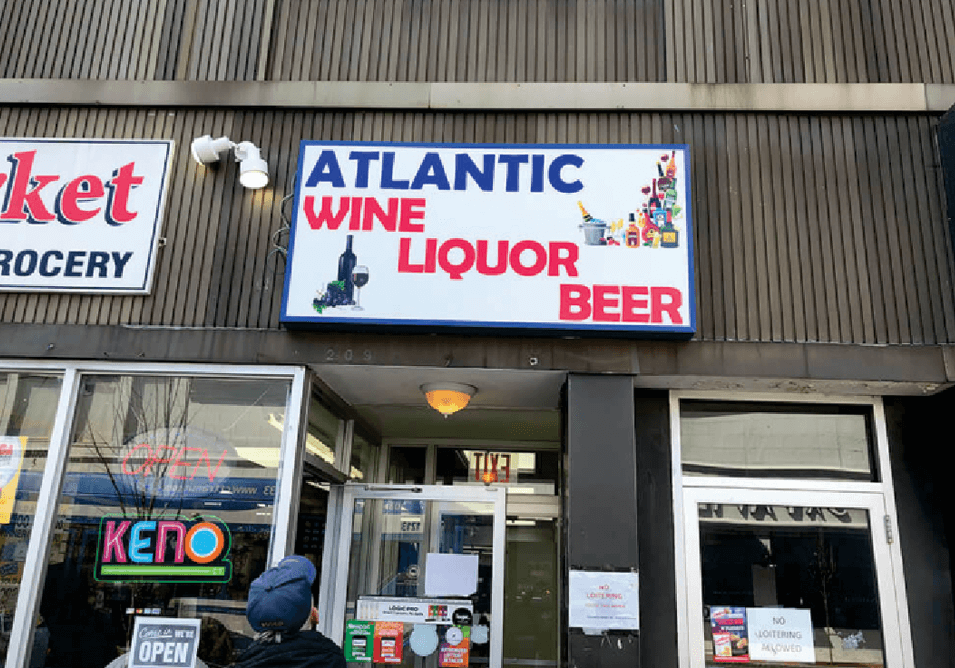CHANNEL LETTERS OR LIGHTBOX SIGNS


A standard channel letter is a three-dimensional graphic sign element. Its channel is fabricated from sheet metal, most often aluminum since it will not rust. A flat sheet of aluminum is typically cut on a table by a computer-controlled router, laser, or water jet, based on a vector-based art file (.cdr, .eps, .ai, .scv, .sci, or .fs). This creates the back of the channel and is the basis for the letter shape. The sides of the channel letter, called the returns, are then formed by bending a 3–6 in-wide (80–150 mm) strip of aluminum sheet around the aluminum back. This return can be welded at the seam or flanged and riveted or, with a metal stitcher, can be fastened with galvanized or stainless wire to the back to create a solid can in the shape of the letter. The letter canis painted and fitted with any lighting components necessary such as neon gas tubes or light-emitting diode (LED) modules. A translucent plastic face usually of 3⁄16 in (5 mm) thick sheet acrylic fiber or polycarbonate is cut to fit the open face of the letter can. A trim cap border is applied to its edges which gives the letter face a finished appearance and creates a fastening surface to attach it to the letter can. When illuminated at night, channel letters draw the eye of passers-by. The face can also be applied with black perforated vinyl, so the letters appear black in the daytime and white when lit at night. For the best effect, face colors are usually matched with their closest corresponding LED color. A warm white LED is best used with a yellow or orange face.
A lightbox is an electrically-lighted sign that contains the mechanism(s) to encapsulate, suspend, protect and display a discrete sheet of backlit film which embodies a print image, and which is designed to transmit light through the film for increased image brightness, contrast and color saturation. a light box is usually made of tubes of aluminum and clear or white acrylic on the front.


